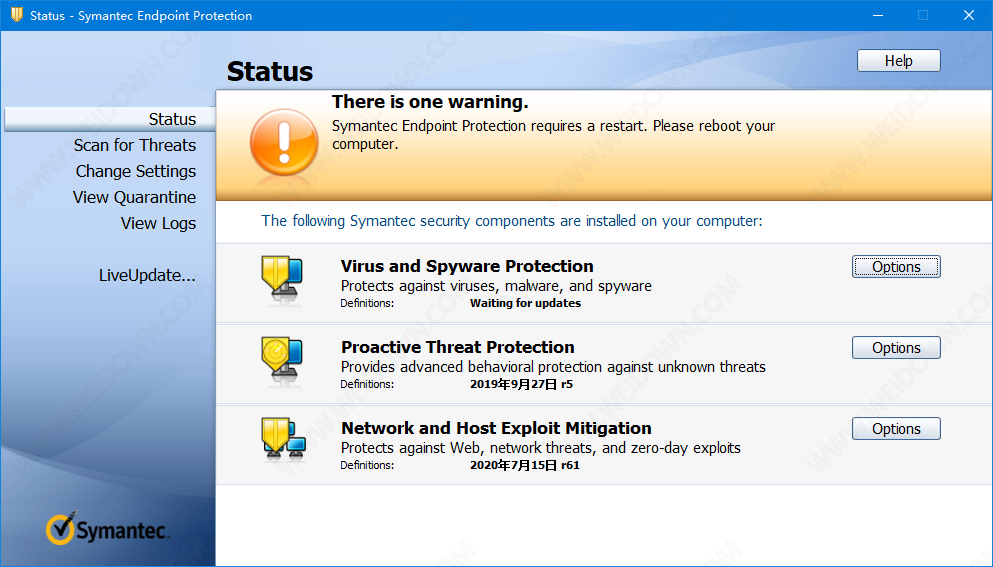
How to monitor Endpoint Protection: Monitoring activity reports, infected client computers, and more. How to create and deploy antimalware policies: Create, deploy, and monitor antimalware policies with a list of the settings that you can configure. Also use Endpoint Protection reports in the Reporting node.įor more information, see the following articles: Then monitor compliance in the Endpoint Protection Status node under Security in the Monitoring workspace. Deploy these antimalware policies to client computers. Manage malwareĮndpoint Protection in Configuration Manager allows you to create antimalware policies that contain settings for Endpoint Protection client configurations. You can also manage Windows Defender Firewall settings with Endpoint Protection in the Configuration Manager console.

To prevent excessive CPU usage, Endpoint Protection actions have a built-in randomized delay so that protection services do not run simultaneously. The Endpoint Protection client can be installed on a server that runs Hyper-V and on guest virtual machines with supported operating systems. When you join this service, the Endpoint Protection client or Microsoft Defender Antivirus downloads the latest definitions from the Malware Protection Center when unidentified malware is detected on a computer.


When you use Endpoint Protection with Configuration Manager, you have the following benefits: Applies to: Configuration Manager (current branch)Įndpoint Protection manages antimalware policies and Windows Defender Firewall security for client computers in your Configuration Manager hierarchy.


 0 kommentar(er)
0 kommentar(er)
